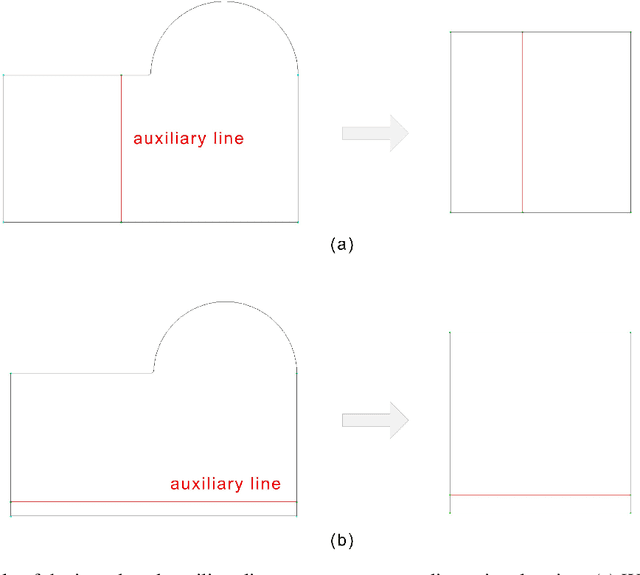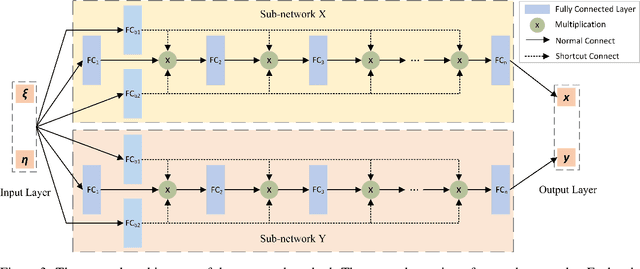An Improved Structured Mesh Generation Method Based on Physics-informed Neural Networks
Paper and Code
Oct 18, 2022



Mesh generation remains a key technology in many areas where numerical simulations are required. As numerical algorithms become more efficient and computers become more powerful, the percentage of time devoted to mesh generation becomes higher. In this paper, we present an improved structured mesh generation method. The method formulates the meshing problem as a global optimization problem related to a physics-informed neural network. The mesh is obtained by intelligently solving the physical boundary-constrained partial differential equations. To improve the prediction accuracy of the neural network, we also introduce a novel auxiliary line strategy and an efficient network model during meshing. The strategy first employs a priori auxiliary lines to provide ground truth data and then uses these data to construct a loss term to better constrain the convergence of the subsequent training. The experimental results indicate that the proposed method is effective and robust. It can accurately approximate the mapping (transformation) from the computational domain to the physical domain and enable fast high-quality structured mesh generation.
 Add to Chrome
Add to Chrome Add to Firefox
Add to Firefox Add to Edge
Add to Edge